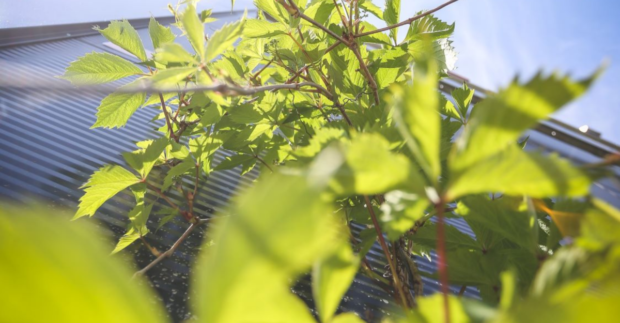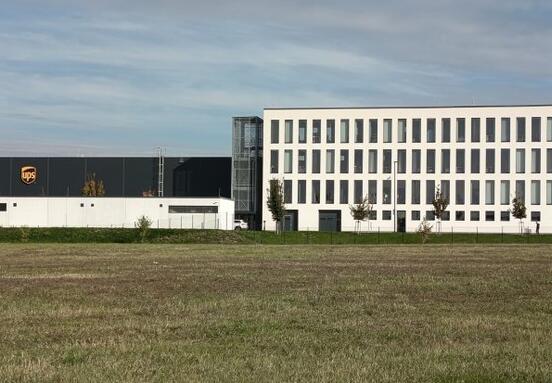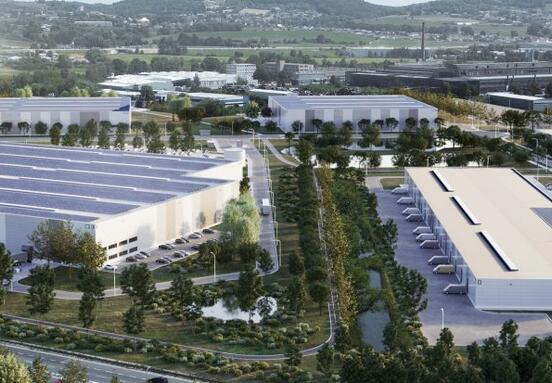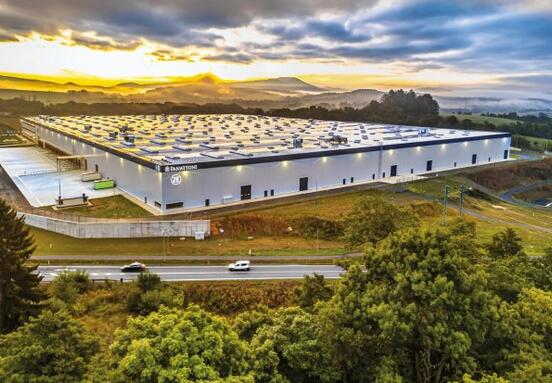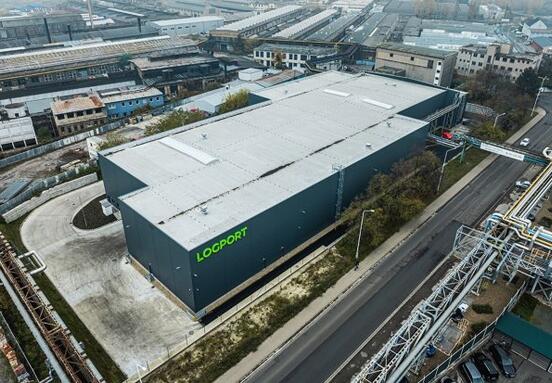The unique concept is already being applied in the P3 Prague D11 park in Mstětice on the eastern edge of Prague. It is being prepared in the completed P3 Mladá Boleslav park and also in the upcoming P3 Ostrava Central project. The greenery in the area will provide local trees, grasses and undemanding vegetation, which will fulfill both an aesthetic and practical function.
Our parks are part of a wider ecosystem, which is why we try to integrate them into our surroundings. In Mladá Boleslav or on the D11, the composition of greenery will help us, at the planned park in Ostrava it will again be an urban solution using orthogonal connections to the adjacent Vítkovice, "says Tomáš Míček, P3 director for the Czech Republic.
Green park in Mladá Boleslav
According to the concept, the typical habitat for the Mladá Boleslav region is an oak grove, so oaks and hornbeams have been chosen for the P3 Mladá Boleslav industrial park. These are planted in a wide strip around the perimeter of the complex and will serve as insulating greenery. The alley will create a screening compound that will help reduce light pollution in the future. In the vertical level, the greenery will also be provided by climbing plants on trellises on the walls of buildings. The space between the halls and along the roads will be complemented by meadow and grass communities in order to continue the natural character of the landscape and provide a refuge for small creatures. Landscaping is also interesting. In smaller ditches, plant communities take care of water regulation and retention. Places designed for employees to rest, complemented by relaxing picnic sets, will also undergo the transformation.
Ecological water management
Rainwater from retention tanks will serve as a source of moisture for vegetation in all P3 parks. Through the drainage system, rainwater drains into large-capacity retention tanks, from where it gradually seeps into the ground. The technologically proven, yet very effective solution allows rainwater to remain in the soil at the point of fall and not be discharged into adjacent streams.
"The concept of greenery serves as a guide on how to work with the industrial park in relation to the surroundings. It all starts with capturing rainwater from flat roofs. We have created groups of trees that grow naturally around like in nature, we have planted meadows full of beetles and butterflies that live in them, we have won with the eyes of passers-by, ”says Ferdinand Leffler, landscape designer and founder of the Flera studio.
Philosophy of green halls and ecological development
The demand for more sustainable development solutions is growing. As part of the eco-philosophy, P3 has drawn up a plan for the sustainable development of industrial construction. It all starts with placing the park close to the highway, which will reduce the carbon footprint and relieve the surroundings. The next step is sustainable construction using modern materials. A separate chapter is energy saving, whether it is a lighting system or heat retention. Photovoltaic power plants will also be located on the new facilities, which will reduce the need to purchase electricity produced from conventional fossil fuels. Ecological water management is of local importance, drainage systems for water infiltration are a matter of course, for example it is appropriate to build a polder dam in some places. The last step after the completion of the construction of the new industrial park is its integration into the surrounding landscape, and this will be easier with the new concept of greenery.
"P3 logistics parks are experiencing a green revolution. More than just highly efficient production, storage and distribution space, the P3 standard now also means a higher level of sustainability and a more comfortable working environment for our tenants' employees, ”says Jan Valter, Property Manager at P3.
All newly built P3 buildings are BREEAM Very Good or higher certified. Tenants are sure that the new premises are built not only with regard to the living but also the working environment. The certificate itself is a guarantee that the building has been fairly rated and is internationally recognized as sustainable.
